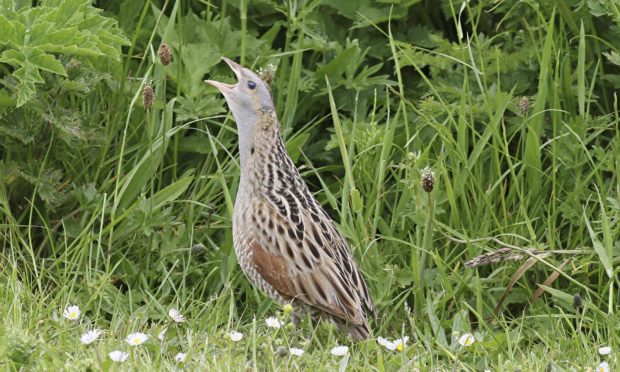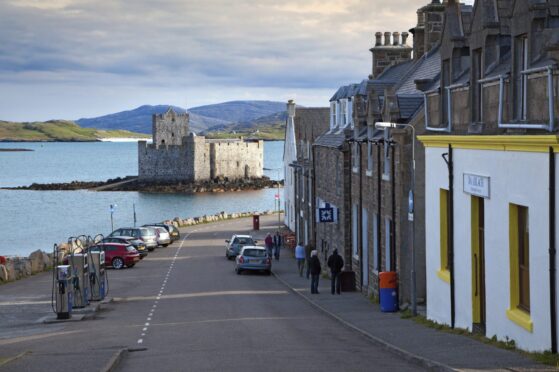The numbers of a “notoriously shy” bird found on Skye are still in decline despite a decade of efforts to preserve them.
As in the rest of Scotland, corncrake numbers on the island have been falling since the majority of hay fields were changed to silage production.
In 2019 the recorded population in Skye was 872, against 1,180 in 2010.
The bird spends its winters in central and west Africa, coming to northern Europe to breed in summer and has been on the endangered list since 1990.
A partnership was formed in 2009 between SAC Consulting, the RSPB, NFU Scotland, the Scottish Crofting Federation, and local farmers and crofters provided to try and boost the island’s corncrake population.
Janette Sutherland, agricultural consultant with SAC Consulting said: “Unfortunately, the number of corncrakes is dropping across the board and although researchers are exploring some theories, it is unclear what is driving the losses.
“The support to crofters and farmers through agri-environment schemes over the past 25 years has been key to the survival of the UK corncrake population and it is critical that we maintain and build on this hard work.
“To protect corncrakes, we need crofters and farmers to implement the measures on the ground, and part of SAC Consulting’s role is to highlight what practical methods and management techniques they can employ to benefit the species.”
A Skye population is seen as vital in expanding the corncrake’s geographical range to mainland areas such as Lochalsh and Glenelg.
Currently there are 345 acres under management on Skye where funding has been given to crofters and farmers to manage their silage and grazed fields differently to support corncrakes.
Shelagh Parlane, RSPB corncrake officer, said: “The corncrake is notoriously shy and likes tall vegetation.
“That’s why we encourage crofters and farmers to create areas of early growing vegetation, so the birds have somewhere to hide when they come back to the islands in early spring.
“Corncrakes rely on crofting and farming and, with a small number of adjustments that can be compensated for through agri-environment schemes, it is possible for both to thrive.”










